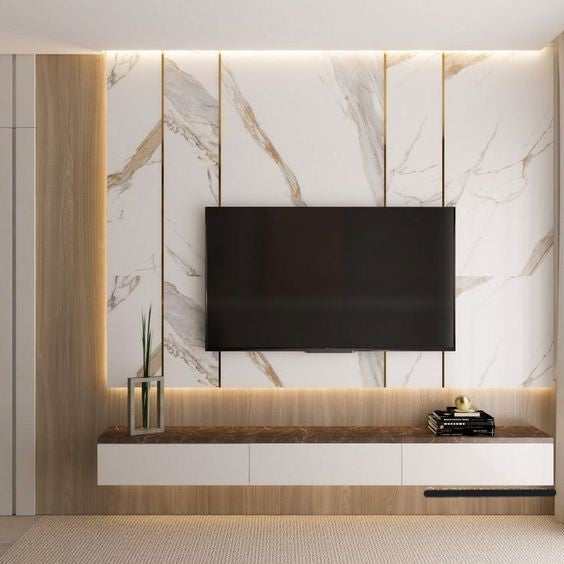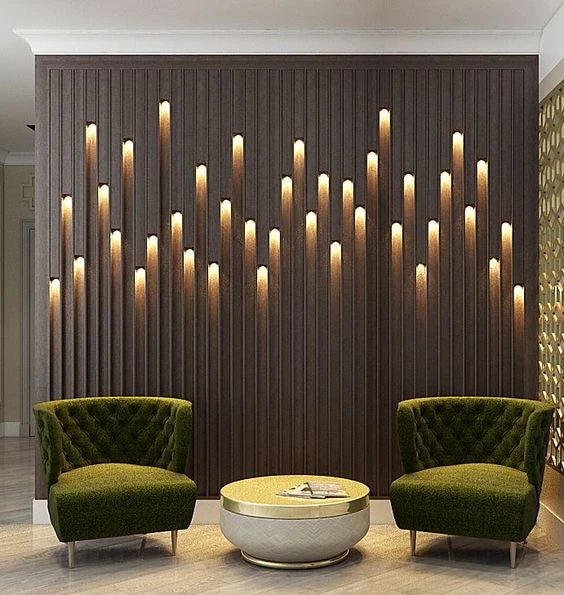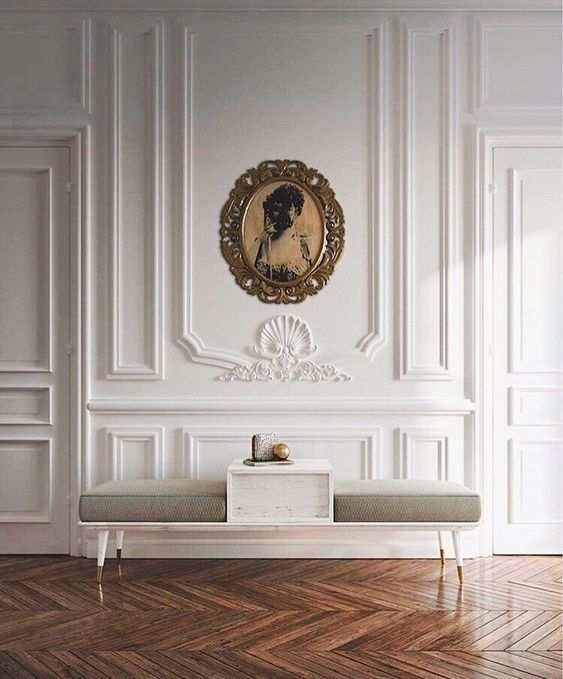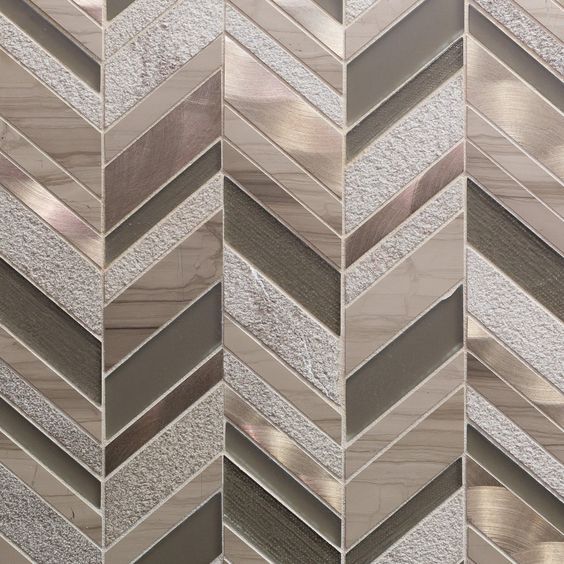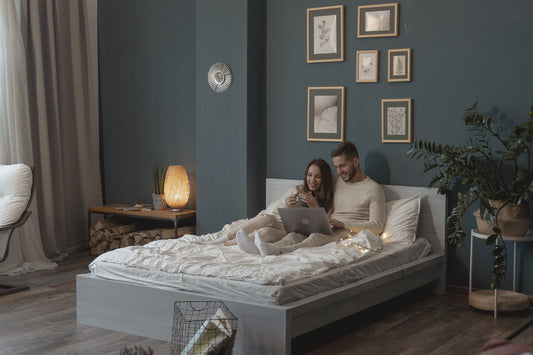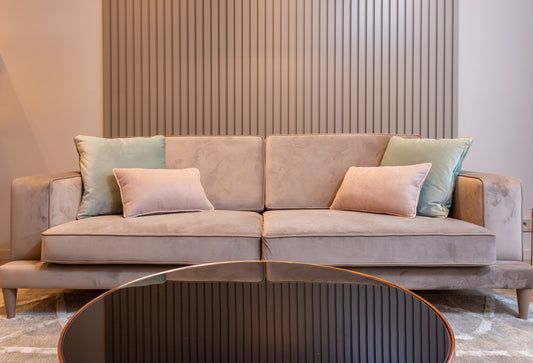A well-designed and relaxing bedroom plays a pivotal role in promoting mental well-being and creating a personal sanctuary. The impact on mental health cannot be overstated, as a tranquil bedroom provides a refuge from the stresses of daily life. Scientifically, colors, lighting, and overall ambiance significantly affect one's mood and stress levels. By transforming a bedroom into a haven, individuals can create a space that fosters relaxation, thereby positively influencing their mental and emotional states. This personalized sanctuary becomes a retreat, offering a haven of calmness amidst the chaos, allowing individuals to recharge and rejuvenate.
The purpose of this article is to guide individuals in the process of transforming their bedrooms into a relaxing retreat. By providing practical ideas and tips, the article aims to inspire readers to curate a serene sleep environment tailored to their preferences. The ultimate goal is to enhance the overall quality of life, recognizing the direct connection between a peaceful bedroom setting and improved well-being. As we delve into various aspects, from color choices to themes and decor, the intent is to empower readers to take conscious steps towards creating a space that fosters relaxation and contributes positively to their everyday lives.
Choosing Relaxing Colors and Themes
Understanding the importance of color psychology is a foundational step in crafting a relaxing bedroom environment. Calming hues, such as blues, greens, and neutrals, have been widely recognized for their ability to promote relaxation and tranquility. Blue, reminiscent of the sky and ocean, elicits a sense of calmness, while greens, inspired by nature, bring a refreshing and soothing quality. Neutrals, like soft grays and beige, create a timeless and serene backdrop. These color choices not only impact the visual aesthetics but also have a profound effect on the psychological state of individuals, encouraging a sense of peace as they unwind in their personal space.
In addition to color, the thematic approach to bedroom decor is instrumental in fostering relaxation. Nature-inspired decor brings the outdoors in, with elements such as botanical prints, wooden textures, and natural fabrics. This connection with nature has been associated with reduced stress and improved well-being. Embracing a minimalistic design further contributes to a calming atmosphere by eliminating unnecessary clutter. A clutter-free space not only enhances the visual appeal but also helps clear the mind, promoting a sense of order and simplicity conducive to relaxation. By consciously choosing these colors and themes, individuals can curate a bedroom that goes beyond aesthetics, creating a retreat that positively influences their mental and emotional states.
Comfortable Bedding and Furniture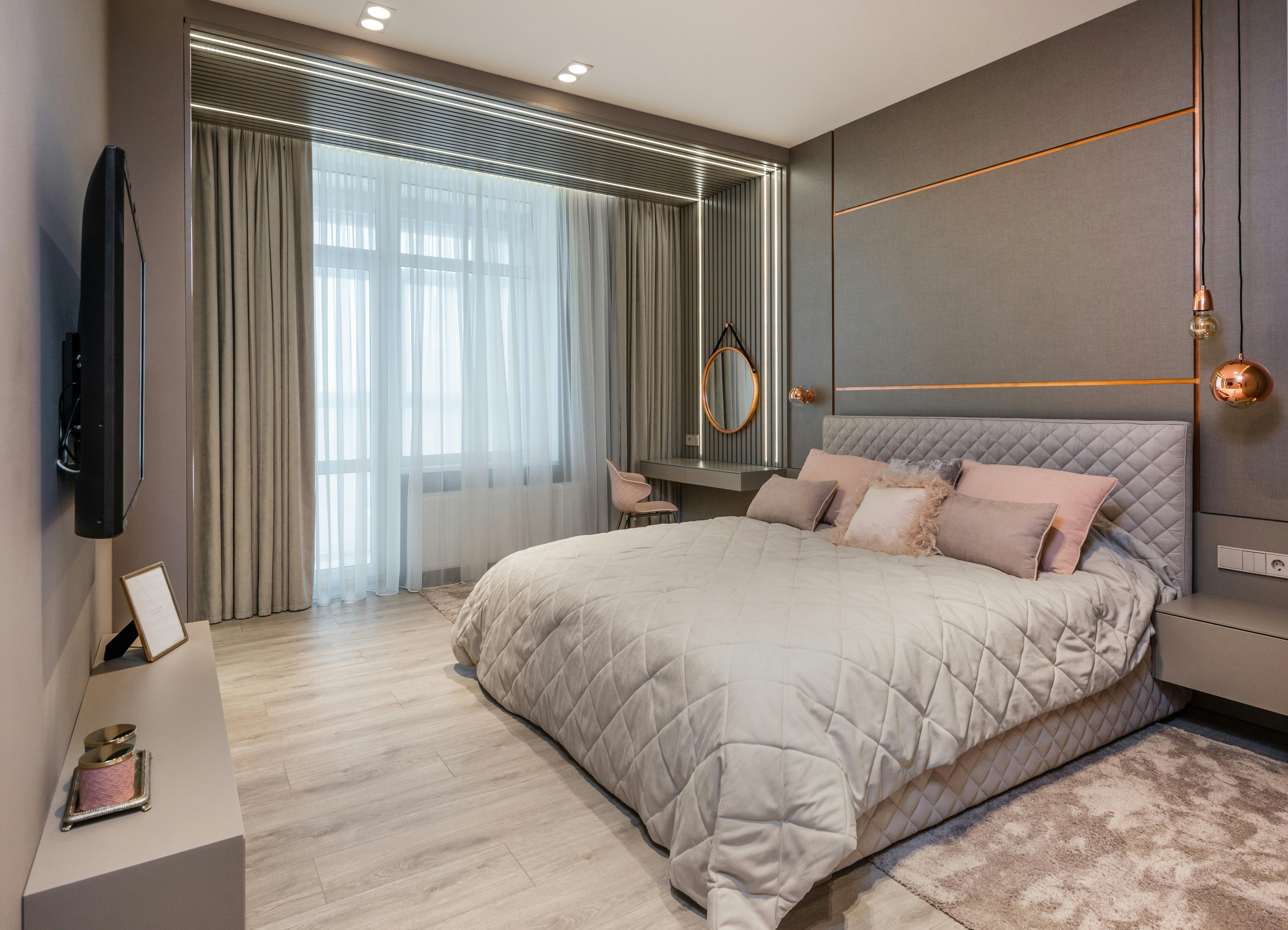
Investing in quality mattresses and pillows is crucial for ensuring proper support and promoting a good night's sleep. The importance of maintaining spinal alignment cannot be overstated, as it directly impacts overall sleep quality and physical well-being. High-quality mattresses provide adequate support to different body regions, reducing discomfort and minimizing the risk of developing musculoskeletal issues. Similarly, choosing pillows that align with personal sleep preferences and positions helps in preventing neck and back pain.
Equally significant is the selection of comfortable and breathable bedding materials. Opting for natural fabrics like cotton or linen promotes better airflow, keeping the body cool and preventing excessive perspiration. This not only enhances the comfort level but also contributes to a more hygienic sleep environment. By prioritizing proper support and breathable materials, individuals can transform their bedroom into a haven for restful sleep.
Arranging furniture for optimal relaxation involves incorporating principles of Feng Shui to create a harmonious and balanced space. According to Feng Shui, the placement of the bed is crucial for energy flow and restfulness. It is advisable to position the bed in a command position, allowing a clear view of the bedroom entrance while maintaining a sense of security. Additionally, creating a cozy reading or meditation nook within the bedroom fosters a tranquil atmosphere. By strategically placing comfortable chairs, soft lighting, and incorporating calming elements, individuals can establish a dedicated space for relaxation and self-care. This mindful arrangement contributes to a holistic approach to well-being, promoting both physical and mental relaxation.
Ambient Lighting and Sound
Soft and adjustable lighting plays a pivotal role in establishing a relaxing bedroom atmosphere. Installing dimmer switches or incorporating bedside lamps allows individuals to customize the lighting intensity according to their preferences and mood. This flexibility is particularly beneficial for winding down before sleep, creating a soothing ambiance conducive to relaxation. Furthermore, incorporating natural light during the day supports circadian rhythms, positively influencing sleep-wake cycles and overall well-being.
In terms of relaxing sounds and music, white noise machines or nature sounds are effective tools for drowning out disruptive noises and promoting a peaceful sleep environment. These devices create a consistent background sound that masks disturbances, facilitating uninterrupted sleep. Additionally, customizable playlists featuring calming music or sounds tailored to individual preferences provide a personalized touch. By curating a playlist with favorite relaxing tunes, individuals can further enhance their bedtime routine and create a serene auditory backdrop for a restful night's sleep.
Personalized Touches and Mindful Decor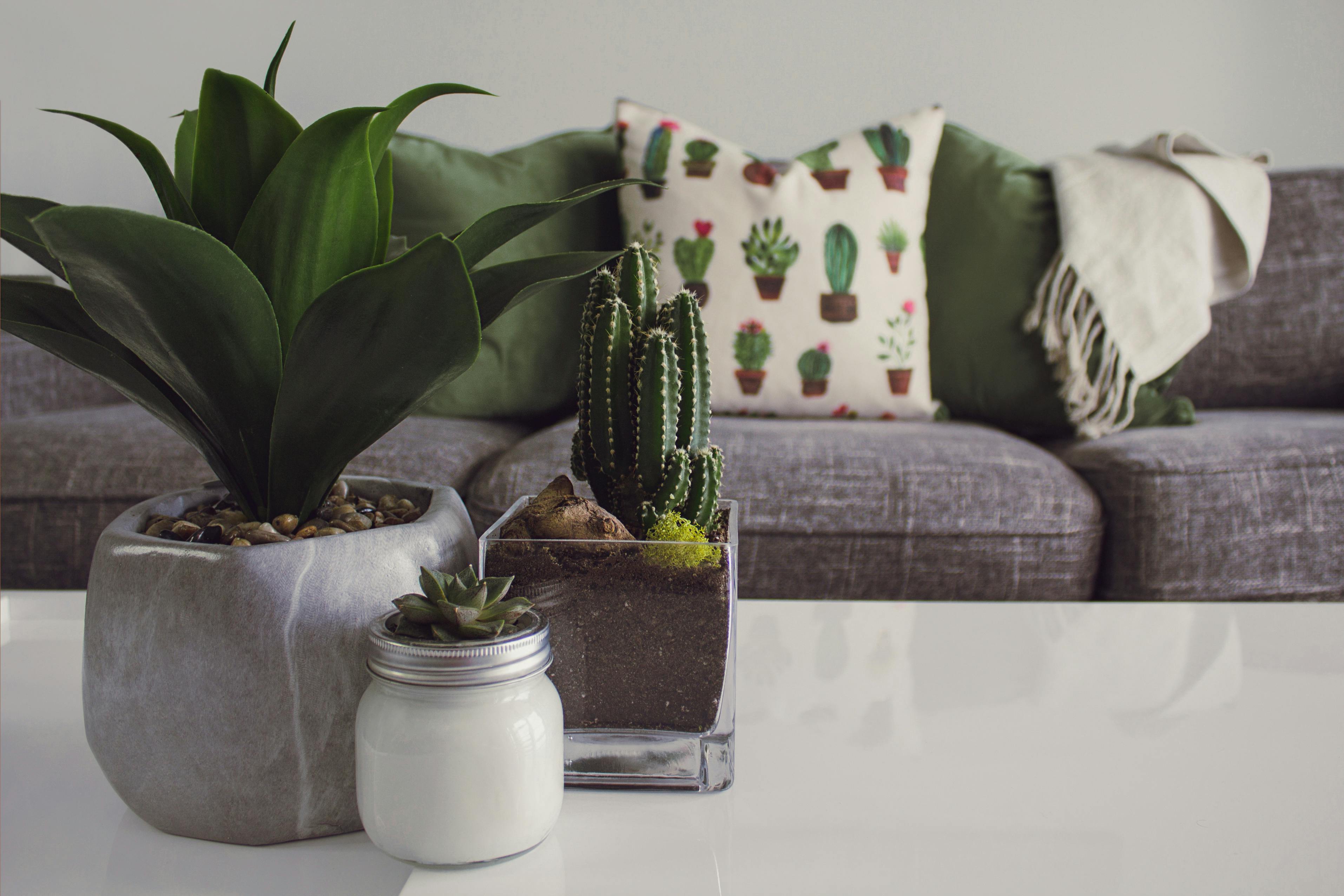
Displaying Meaningful Artwork or Photographs: Creating a personalized and tranquil bedroom involves curating a gallery wall of calming images. Research suggests that surrounding oneself with meaningful artwork or photographs can have a positive impact on mental well-being. Opting for nature-inspired or serene scenes, such as landscapes, seascapes, or personal travel photos, can evoke a sense of peace and connection. However, it's crucial to strike a balance by avoiding excessive decorations, as a clutter-free environment contributes significantly to a serene atmosphere. This approach ensures that each piece holds sentimental or aesthetic value, enhancing the overall sense of tranquility in the space.
Incorporating Aromatherapy: The integration of aromatherapy into bedroom decor is a powerful way to enhance relaxation. Using essential oil diffusers or scented candles can create a soothing ambiance, positively influencing mood and stress levels. Research indicates that certain scents, like lavender or chamomile, have proven relaxing properties, promoting better sleep and reducing anxiety. By carefully selecting scents that resonate with personal preferences, individuals can customize their sleep environment, further contributing to a sense of personal well-being. Through the mindful incorporation of aromatherapy, the bedroom becomes a sanctuary of sensory calmness, fostering a peaceful and rejuvenating atmosphere.
Conclusion
The key components of creating a relaxing bedroom retreat encompass thoughtful color and theme choices, comfortable bedding and furniture, ambient lighting and sound, and personalized touches with mindful decor. The transformative impact of these elements on overall well-being is undeniable, as a well-curated and comfortable space positively influences both mental and physical health. As readers embark on the journey to transform their bedrooms, it's essential to recognize the significance of each aspect and the collective influence they have on creating a serene haven. Encouraging readers to take small, intentional steps towards incorporating these elements into their personal spaces ensures a gradual but impactful shift towards a more peaceful and rejuvenating sleep environment.

